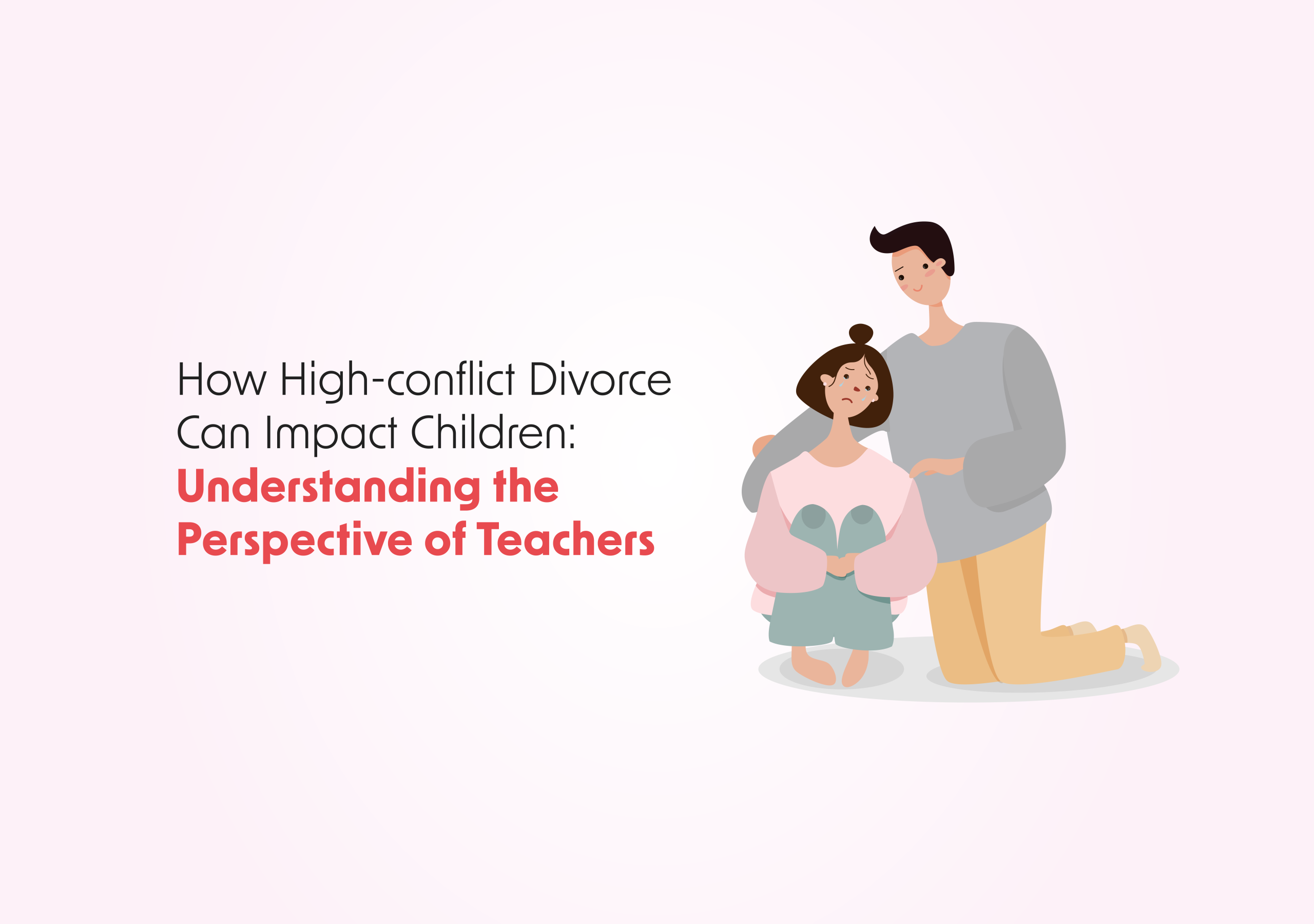Research from Professor Justin J. Joseph at the University of North Alabama examines the influences that impact the behaviour of underrepresented populations. In one study, he explores potential sex differences in the relationship between psychopathy traits, executive functioning, and youth gang membership. In a separate study, Joseph and colleagues investigated how information sources shape perceptions of campus carry policies among students at a Historically Black University. More
Gang membership during adolescence can have profound consequences, from immediate impacts like depression and post-traumatic stress disorder to long-term outcomes including poorer general health, reduced educational attainment, and lifelong criminality. However, most research into adolescent gang involvement has focused on sociological factors while largely ignoring psychological traits such as psychopathy and cognitive aspects such as executive functioning.
It’s important to understand that the recruitment process for gang membership differs significantly between boys and girls. Evidence suggests that girls are often expected to engage in sexual initiation, while boys are typically evaluated on their perceived toughness, delinquent versatility, violence propensity, and ability to follow orders. Studies have observed that for girls, factors like perceived promiscuity, sexual orientation, and established relationships with male gang members influence their agency in gang membership. The gendered expectations in gang recruitment create different avenues for boys and girls, highlighting why it’s crucial to understand the psychological factors that might influence these different pathways.
Research from Professor Justin Joseph at the University of North Alabama seeks to address this gap by investigating how different dimensions of psychopathy and executive functioning might influence the decision to join a gang, with special attention to potential differences between adolescent boys and girls. His study is particularly significant because while evidence suggests that female gang membership has increased over time, with recent estimates indicating that 25-33% of current gang members are girls, most intervention programs don’t address the unique experiences of female gang members.
Psychopathy is a severe form of antisocial personality disorder characterized by distinct observable traits. In youth, psychopathy manifests in two primary dimensions: the interpersonal/affective facet (representing core features like lack of empathy, low guilt, and callous-unemotional traits) and the socially deviant facet (involving behaviors like chronic criminality, impulsivity, delinquency, and lack of forethought).
Executive functioning, meanwhile, refers to cognitive processes involved in inhibiting inappropriate behaviors, problem-solving, decision-making, intelligence, attention, planning, emotional regulation, and goal-directed behavior. Joseph’s research examines whether deficits in these areas might contribute to gang involvement and if the relationship differs between boys and girls.
The research draws from the Pathways to Desistance dataset, a multi-site, longitudinal study of serious adolescent offenders as they transition to adulthood. The sample included 920 male adolescents and 165 female adolescents, with a predominately Black and Hispanic demographic composition. The majority of participants – 76.3% of males and 86.1% of females – reported no gang involvement.
Using a mathematical tool called multinomial regression analysis, Joseph found that girls who exhibited a socially deviant lifestyle associated with psychopathy were significantly more likely to be gang members. Girls with higher scores on this dimension were 1.33 times more likely to be gang members than those with lower scores. Notably, this effect was smaller than for some environmental factors. For example, girls with more delinquent peers were 3.27 times more likely to be gang members and girls who experienced more violent victimization were 1.99 times more likely to be gang members.
For boys, neither facet of psychopathy showed a significant relationship with gang status. However, several other factors were significant predictors of male gang membership. Males of a racial or ethnic minority were 1.74 times more likely to be gang members. Furthermore, deviant beliefs, violent victimization, socioeconomic status, and peer delinquency were all associated with gang membership.
Surprisingly, executive functioning wasn’t significantly associated with gang membership for either boys or girls. Joseph suggests several possible explanations: the decision to join a gang may not inherently be an act of criminal behavior but rather rooted in peer acceptance and a sense of belonging; adolescents with poor executive functioning might experience frequent displacement and never develop the necessary familiarity with potential recruiters; or the connection between executive functioning and gang membership might be indirect.
When testing for robust sex differences in the relationship between psychopathy facets, executive functioning, and gang membership, Joseph found no significant differences. This suggests that the factors influencing gang membership may be largely shared across genders, though the specific patterns of influence might vary.
Despite not finding robust sex differences, Joseph emphasizes that intervention strategies should consider the needs of girls, as most current programs don’t address their unique experiences. He recommends approaches that engage social skills, anger management training, problem-solving skills, self-control improvement, and emotional understanding to alleviate externalizing behaviors and decrease the likelihood of interacting with deviant peers.
In a separate but related study, Professor Joseph collaborated with Shantae Motley, N. Alexander Aguado, and Marlee McAbee to investigate how information about contentious policies, specifically legislation regarding carrying guns on campus, influences perceptions and support among students at a Historically Black University.
Following highly publicized mass shootings on college campuses, many states have passed laws allowing concealed carry permit holders to bring firearms onto university grounds. Texas Senate Bill 11, passed in 2015, allows individuals at least 21 years old who have successfully passed background checks, have completed required training, and are capable of exercising sound judgment to carry concealed handguns on college campuses.
Despite research showing that most faculty, staff, and students oppose campus carry policies, lawmakers have continued to pursue such legislation. Joseph and colleagues sought to understand how information sources, previous knowledge, and perceptions of campus crime influence support for Senate Bill 11 among Black college students, a population disproportionately affected by gun violence and legislation.
The researchers note that individual policy preferences are shaped by a complex interplay of demographics, social memberships, ideology, and partisanship, but several gaps exist in understanding the support and perceived effects of campus carry legislation in underrepresented communities.
Previous research has identified that college students often lack effort and interest in developing higher-order cognitive skills, including critical thinking, analytical reasoning, evaluation of complex arguments, and the ability to critically assess information from different sources. This can impact how they process policy information. This is particularly important because people with higher levels of education are more likely to vote and can influence policy-makers’ legislative practices.
By investigating how information sources influence perceptions of contentious policy among minority students, the researchers sought to address critical shortcomings in the campus carry literature and contribute to understanding how information affects support for gun rights legislation in communities disproportionately affected by gun violence.
The researchers conducted an online survey of 232 students at a Historically Black University in Texas. The sample was predominantly Black, female, and identified as Democrats. Most respondents reported feeling safe on campus and believed university crime rates were moderate to low. Overall, 55.6% opposed campus carry, 30.2% supported it, and 14.2% were uncertain.
The study revealed that information sources significantly influenced students’ perceptions and support for campus carry legislation. Students who learned about Senate Bill 11 from a professor were 81% less likely to support campus carry compared to those who learned about it through social media. Conversely, students who received information from the university website were 13.05 times more likely to believe that armed faculty, students, and staff would promote campus safety.
Previous knowledge about the campus carry policy also played a significant role. Students more familiar with Senate Bill 11 were 2.57 times more likely to believe that armed individuals would promote campus safety. However, they were also 72% less likely to report feeling safe knowing concealed carry license holders had firearms on campus. This seemingly contradictory finding suggests that increased knowledge might lead to a more nuanced understanding of the policy’s potential effects.
Perceptions of campus crime rates were another influential factor. Students who believed campus crime rates were high were significantly less likely to support campus carry or feel that it would enhance safety. The researchers suggest this might reflect disillusionment with deterrence and punitive approaches, particularly given their disproportionate effects on minority communities.
Fear of victimization and crime also played roles in shaping opinions. Students who believed that fear of victimization would decrease due to campus carry were more supportive of the policy. Similarly, those who thought campus carry would reduce fear of crime showed stronger support for the legislation.
Based on these findings, Joseph and colleagues propose several policy implications. First, they suggest that policymakers should devote more resources to addressing misconceptions about campus carry policies, particularly on social media where misinformation can spread rapidly. Second, they advocate for collaboration between policymakers, experts, and stakeholders when developing contentious policies to ensure decisions reflect empirical evidence rather than anecdotes or biases.
Most significantly, the researchers recommend adopting transformative learning approaches when educating young adults about controversial policies. Transformative learning involves deconstructing personal experiences and biases through critical dialogue and self-reflection. This approach could empower students to critically evaluate policy information from various sources and hold policy makers accountable for their legislative decisions.
Together, these studies by Professor Joseph and colleagues highlight the complex interplay of psychological, social, and informational factors that influence both gang membership and perceptions of contentious policies like campus carry legislation. By improving our understanding of these dynamics, their research contributes to developing more effective, evidence-based approaches to address youth gang involvement and enhance policy education and development.







